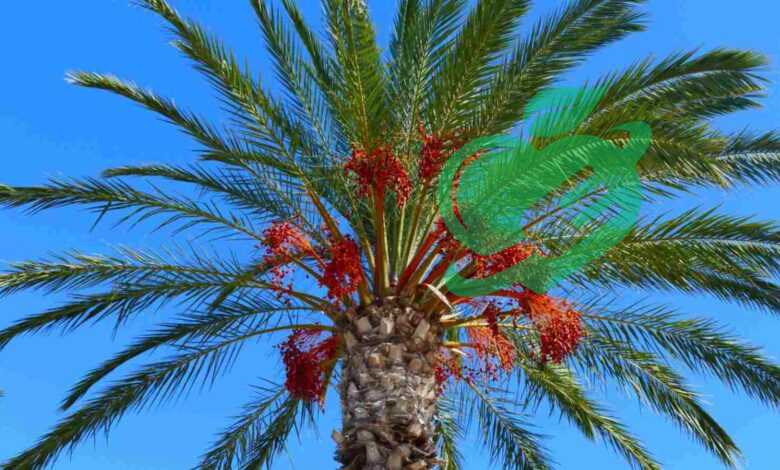
Overview of Dates Tree
Date trees, scientifically known as Phoenix dactylifera, are remarkable plants that thrive in arid and semi-arid regions. Known for their tall, slender trunks and beautiful fronds, they are a common sight in Middle Eastern oases, North Africa, and parts of California. These trees can reach heights of up to 75 feet and can produce hundreds of date clusters during the peak season. As one might imagine, the sight of a date palm, laden with its sweet fruits, is not just beautiful—it’s a symbol of sustenance and survival in harsh climates. Many cultures see the date tree as a source of life, often associating it with prosperity and fertility.
Nutritional Value and Importance
The nutritional profile of dates is impressive, making them a significant part of many people’s diets around the globe. Here are some key aspects of their nutritional value:
- High in Fiber: Dates are loaded with dietary fiber, promoting digestive health and satisfaction.
- Vitamins and Minerals: They contain vital nutrients, including potassium, magnesium, and vitamins B6 and K.
- Natural Sugars: Dates are a great source of natural sugars, such as glucose and fructose, providing an instant energy boost.
In a personal experience, I recall hiking in the desert, where finding a date palm felt like discovering an oasis. The sweet, chewy fruit tasted divine, providing a much-needed energy boost. For many, dates are not only a treat but also an essential part of their daily diet, especially during Ramadan, when they break the fast and replenish energy levels. Incorporating dates into one’s meal plan is not just a culinary delight; it’s also a step towards a healthier lifestyle through its rich nutritional offerings.
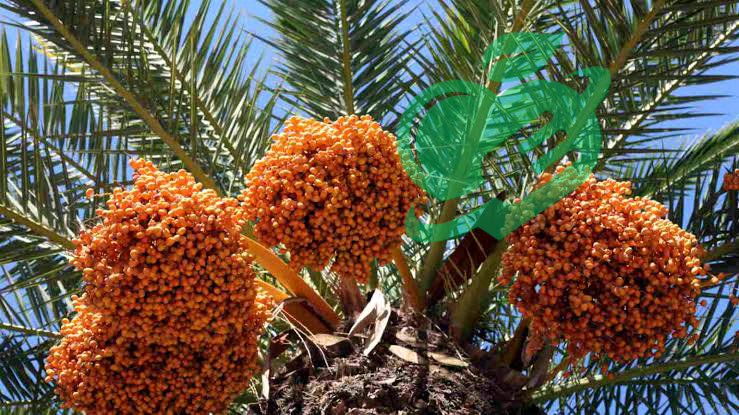
Types of Dates Tree
Medjool Dates
Among the various types of date trees, Medjool dates are often celebrated as the “king of dates.” Known for their large size and soft, chewy texture, these dates deliver a sugary sweetness that many find irresistible.
- Taste: Richly sweet with hints of caramel.
- Appearance: Dark brown color with wrinkled skin.
- Uses: Perfect for snacking, blending into smoothies, or using in baking.
A personal favorite of mine, Medjool dates served as a delightful and healthy treat during a road trip, instantly lifting my energy levels.
Deglet Noor Dates-Dates tree
Next up are Diglot Noor dates, frequently referred to as the “queen of dates.” They have a more delicate sweetness and a distinctively firm texture.
- Taste: Lightly sweet with nutty undertones.
- Appearance: Amber to light brown color with smooth skin.
- Uses: Renowned for culinary uses, especially in salads and as a natural sweetener in recipes.
During a dinner party, I once prepared a dish using Deglet Noor dates; their subtle sweetness elevated the entire meal, impressing my guests with a unique flavor profile.
Brahe Dates tree
Lastly, Barhi dates are a unique variety, primarily harvested while still immature. They can be enjoyed fresh or dried, offering a unique twist.
- Taste: When fresh, they are extremely soft, almost like caramel.
- Appearance: Yellow to golden brown with a rounder shape.
- Uses: Often eaten as a fresh snack, they can also be used in desserts or salads for added texture.
I distinctly remember tasting fresh Barhi dates at a local market—an experience that changed my perception of the fruit entirely! Their melt-in-your-mouth texture provided a delightful surprise. As you explore these types of date trees, you’ll find that each brings its rich history and unique flavor, contributing to the diverse culinary landscape they help shape.

Health Benefits of Dates Tree
Rich Source of Nutrients
When it comes to nutrition, date trees deliver a powerful punch packed into their small, sweet fruits. Dates are not just delightful bites of sweetness; they are also rich in essential nutrients that support overall health.
- Fiber: Dates are packed with dietary fiber, which supports digestive health, helps to manage weight, and may lower cholesterol levels.
- Vitamins: They contain several important vitamins, including B vitamins that aid in energy metabolism.
- Minerals: With high levels of potassium, magnesium, and copper, dates contribute to heart health, bone strength, and blood pressure regulation.
I remember incorporating dates into my morning smoothies. The fiber helps keep me feeling full and satisfied well into the afternoon, making them a perfect dietary addition for people seeking sustained energy.
Potential Health Effects-Dates tree
Beyond their rich nutrient profile, dates have several potential health benefits that have been explored in various studies:
- Antioxidants: Dates are loaded with antioxidants, which play a vital role in protecting cells from damage and reducing inflammation.
- Heart Health: The potassium content helps maintain a healthy heart by contributing to blood pressure control and overall cardiovascular health.
- Bone Strength: With minerals like calcium and magnesium, dates may support bone density and health, potentially helping to prevent osteoporosis.
During a family gathering, I shared how dates could be a natural sweetener in desserts, thus cutting down refined sugars—much to everyone’s surprise! It’s fascinating how these little fruits can positively impact our daily health. Including dates in your diet not only elevates your meals but also contributes significantly to your well-being. From snacking to cooking, the health benefits of date trees truly make these fruits a worthwhile addition to any diet.
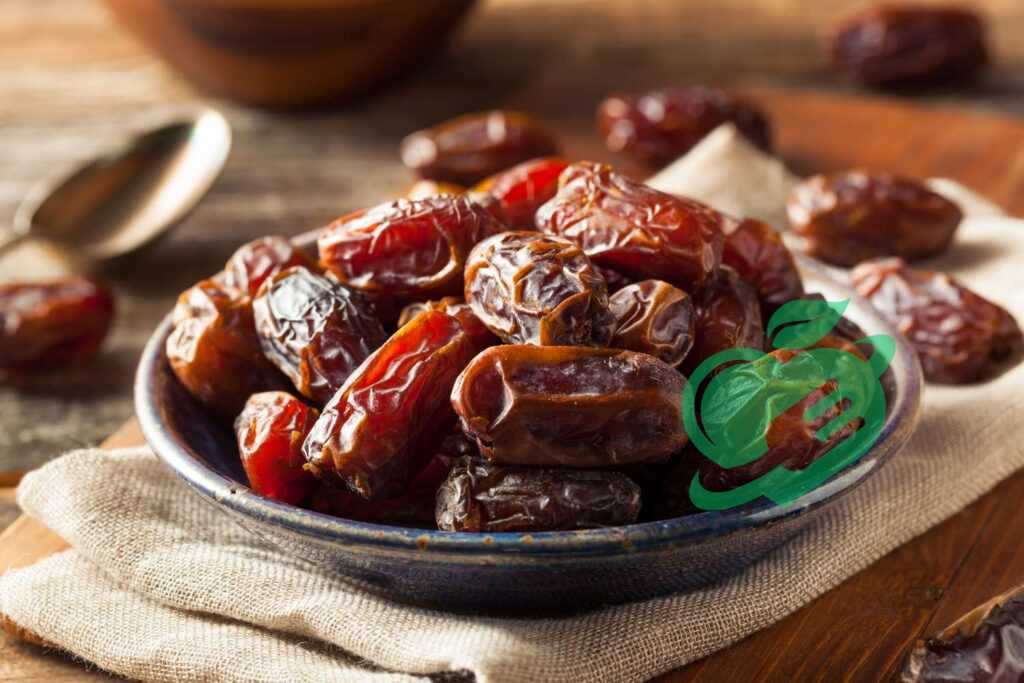
Culinary Uses of Dates Tree
Recipes with Dates-Dates tree
Dates are incredibly versatile in the culinary world, making them a favorite ingredient for both sweet and savory dishes. Their natural sweetness allows them to replace refined sugars in many recipes, creating healthier alternatives. Here are a few delightful ways to use dates in your cooking:
- Energy Bites: Blend dates with nuts, seeds, and a splash of vanilla extract. Roll them into bite-sized balls for a nutritious energy snack that keeps you fueled throughout the day.
- Stuffed Dates: Fill Medjool dates with cream cheese, goat cheese, or even almond butter for an irresistible appetizer that guests will rave about.
- Date Salad: Toss chopped dates into a salad with mixed greens, feta cheese, and walnuts for a sweet touch that balances flavors beautifully.
I like to whip up a batch of date energy bites to keep on hand for those mid-afternoon slumps—they’re a game changer!
Date Sugar and Date Syrup-dates tree
Beyond just using whole dates, both date sugar and date syrup are excellent sweetening alternatives that allow you to embrace the wholesome essence of dates in various recipes.
- Date Sugar: Made from finely ground dried dates, this sugar is packed with fiber and has a mild, caramel-like flavor. It can be used in baking, sprinkled over cereals, or stirred into coffee.
- Date Syrup: This rich, thick syrup is derived from the extraction of date fruit and can be a fantastic substitute for honey or maple syrup. It’s perfect as a sweetener in smoothies, dressings, and baked goods.
I recently experimented with date syrup in a homemade vinaigrette, and it added a unique depth of flavor that impressed everyone at dinner! Whether you’re baking, snacking, or crafting a dressing, incorporating dates and their derived products into your meals not only enhances flavor but also boosts overall nutrition. The culinary potential of dates is truly limitless!
Read also: Apply the diet now in the simplest keto ways

Growing and Harvesting Dates Tree
Ideal Growing Conditions
Growing date trees can be a rewarding endeavor, especially for those living in suitable climates. Date palms thrive in hot, arid environments and require specific conditions to flourish:
- Soil Type: They prefer sandy or loamy soils that provide excellent drainage, as date palms are susceptible to root rot in overly moist conditions.
- Sunlight: Full sun exposure is crucial. Ideally, date trees should receive at least 6-8 hours of direct sunlight each day to ensure healthy growth and fruit production.
- Watering: While resistant to drought, young date palms require regular watering to establish strong roots. Mature trees, however, are quite tolerant of dry spells.
I remember visiting a picturesque date farm in California where rows of lush date palms stood tall against a brilliant blue sky. The combination of sunlight and rich soil contributed to their bountiful harvest.
Harvesting Techniques-Dates tree
When it comes to harvesting dates, it’s essential to time it right, as different varieties mature at varying rates. Here are some common techniques used in the harvesting process:
- Hand Harvesting: This traditional method involves climbing the trees using a safety harness or ladder and hand-picking the ripe clusters. It requires skilled labor, especially when ensuring the fruit isn’t damaged.
- Mechanical Harvesters: In larger farms, mechanical harvesters can be employed to collect ripe dates efficiently. These machines gently shake the date clusters, allowing the fruit to fall into waiting containers.
- Timing: The season of harvest typically ranges from late summer to early fall. Observing the color and texture of the date will indicate when they are ready for picking.
Feeling the warm sun on my skin while picking dates by hand added an authentic charm to the experience. It’s wonderful to witness firsthand how these beloved fruits transition from tree to table. With the right conditions and techniques, cultivating date trees can lead to a fruitful and enjoyable harvest.
Read also: Choosing the Best Diet for Enhancing Brain Health
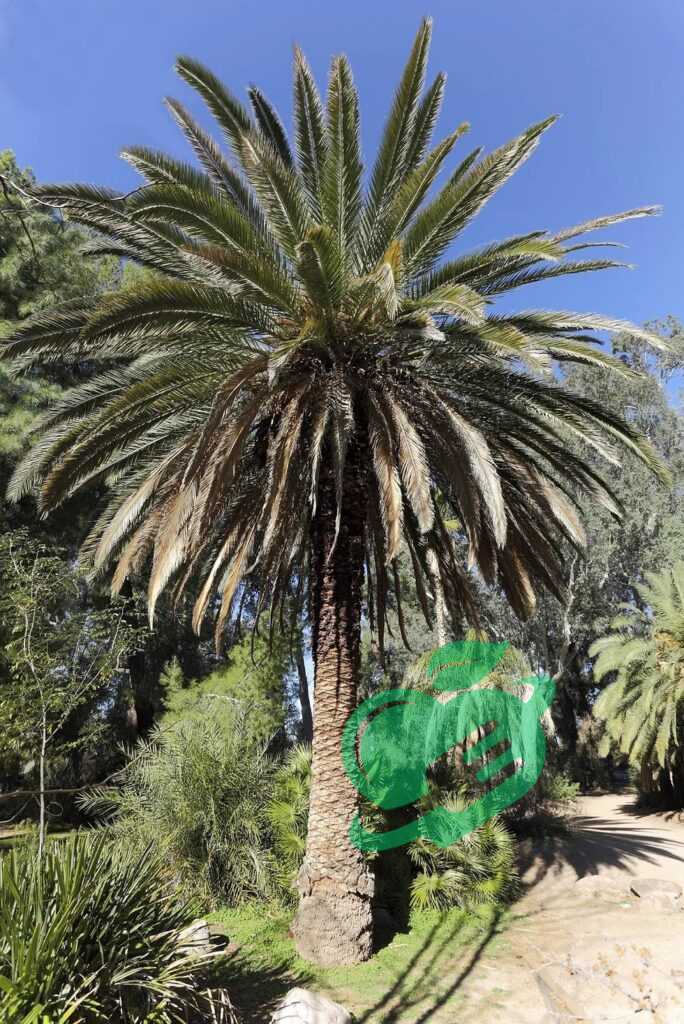
Dates Tree Around the World
Major Date-Producing Countries
Date trees are cultivated in diverse regions worldwide, but some countries stand out as the major producers of this delectable fruit. The climate conditions and established cultivation practices in these nations create ideal environments for date palms to thrive. Here are some of the leading date-producing countries:
- Egypt: With a rich history of date cultivation, Egypt produces millions of tons of dates each year, primarily Medjool and Deglet Noor varieties.
- Saudi Arabia: Renowned for its high-quality Medjool dates, Saudi Arabia is an essential contributor to the global date market.
- Iran: This country boasts many indigenous date varieties and is known for its diverse cultivation methods, producing dates like Zahedi and Mazafati.
- Iraq: Historically famous for its high-quality dates, Iraq produces numerous varieties and is regarded as one of the oldest date-growing regions.
Reflecting on my travels, I had the pleasure of visiting a bustling market in Dubai where date varieties filled the stalls—each unique and fascinating!
Cultural Significance-Dates tree
Date trees hold profound cultural significance, particularly in the Middle East and North Africa. These fruits go beyond mere nutrition; they represent hospitality, celebration, and tradition. Here’s how dates are interwoven with various cultures:
- Religious Importance: Dates are often consumed to break fast during Ramadan, symbolizing nourishment and gladness, as well as sharing during festive meals.
- Symbolism: In many Arab cultures, dates symbolize good fortune and prosperity. Offering dates to guests is a sign of hospitality and respect.
- Recipes and Traditions: From traditional sweets like Maamoul (stuffed dates) to savory dishes, dates are prominently featured in culinary practices passed down through generations.
I have fond memories of sharing a plate of dates with friends during a festive Iftar dinner. Each bite carried with it a delightful blend of flavor and tradition, reminding us of the importance of community and sharing. The global presence and rich cultural significance of date trees truly highlight their impact on societies around the world.
Read also: Protein diet: How much do you lose weight per week?
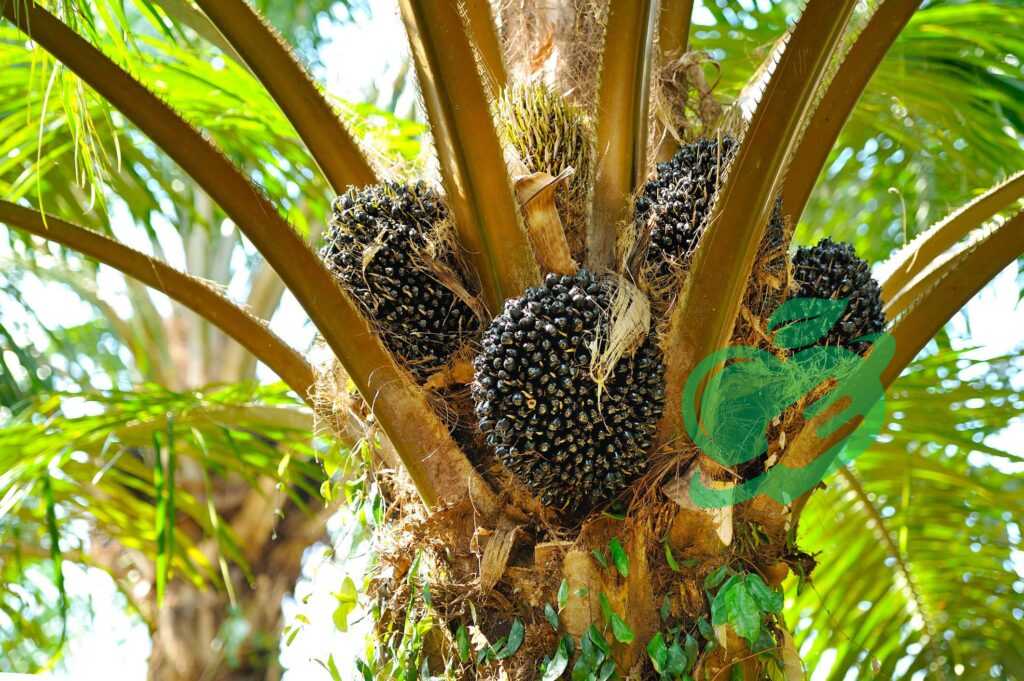
Sustainability and Environmental Impact
Dates Tree in Agroforestry
Date trees play a crucial role in agroforestry systems, where they contribute to both agricultural productivity and environmental sustainability. Their unique characteristics allow them to thrive alongside various crops, creating a beneficial ecosystem. Here are some advantages of incorporating date palms into agroforestry:
- Soil Improvement: The root systems of date palms help prevent soil erosion, while their fallen leaves can enhance soil quality through natural composting.
- Biodiversity: Growing date trees in conjunction with other plants promotes biodiversity, providing habitat for various species and contributing to overall ecosystem health.
- Water Conservation: Date palms require less water compared to many other fruit-bearing trees, making them suitable for cultivation in arid regions where water scarcity is a concern.
During my visit to an agroforestry project in Tunisia, I witnessed firsthand how date palms coexisted with citrus trees, creating a sustainable environment that supported local farmers and wildlife alike.
Eco-friendly Practices-Dates tree
As the awareness of environmental sustainability grows, many date farmers are adopting eco-friendly practices to minimize their ecological footprint. Some methods include:
- Organic Farming: Using organic fertilizers and pest control methods helps maintain soil health and reduces chemical runoff.
- Efficient Water Use: Implementing drip irrigation systems minimizes water waste and ensures that date orchards receive adequate moisture without overconsumption.
- Waste Utilization: Farmers are finding innovative ways to recycle date palm waste—such as using fronds for roofing material or utilizing seeds for animal feed or biofuel production.
Another memorable experience was at a workshop focused on sustainable farming methods, where I learned about local farmers using date palm byproducts creatively. Their commitment to eco-friendly practices was inspiring and showcased how date trees can positively impact the environment. Incorporating data trees into sustainable agricultural systems not only supports farmers but also contributes significantly to environmental health. As we move toward a more sustainable future, the role of date trees in agroforestry will undoubtedly grow.
Read also: Banana Tree Benefits: Why You Should Grow One Now
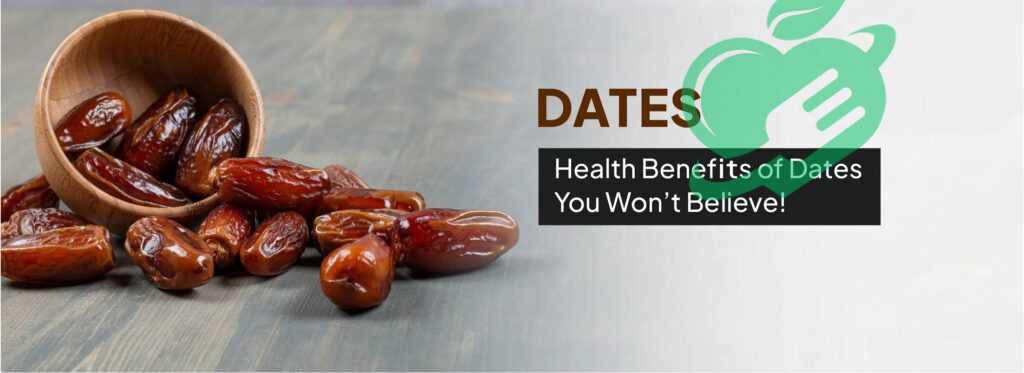
Dates Tree in Traditional Medicine
Historical Uses
Throughout history, date trees have held significant value beyond their delicious fruit. Traditionally, various parts of the date palm have been utilized in countless cultures for medicinal purposes.
- Digestive Health: Dates have been known to aid digestion. Historically, they were consumed to relieve constipation due to their high fiber content.
- Energy Booster: In many cultures, dates were viewed as a natural remedy to combat fatigue and enhance vitality, especially in desert regions where energy needs were high.
- Natural Remedies: The leaves and bark of date palms were often used to treat ailments such as fevers and respiratory issues, showing the tree’s comprehensive role in traditional medicine.
Reflecting on my travels in Morocco, I encountered local healers who incorporated dates into their herbal remedies, emphasizing their value in holistic health practices.
Modern Applications
Today, the wisdom of traditional uses continues to influence modern applications of date palm products in health and wellness:
- Nutraceuticals: With increased interest in natural health products, dates are now featured in various nutraceuticals and health supplements aimed at boosting immune function and energy levels.
- Natural Sweeteners: The rise in popularity of whole foods has led to date sugar and date syrup being embraced as organic alternatives to refined sugars in many health-conscious diets.
- Research and Innovations: Contemporary studies are exploring the potential of date extracts in combating oxidative stress and inflammation, broadening their use in modern nutritional science.
I recall discovering a local health store that specialized in date-based products—everything from energy bars to powdered date sugars. It was enlightening to see how this ancient fruit is making its way into contemporary health regimens, keeping traditions alive while adapting to modern health needs. Date trees not only enrich our diets but also harbor a wealth of traditional and modern medicinal benefits that continue to be discovered and appreciated in today’s health-focused world.
Read also: Unlock the Secrets of the Oud Tree for Timeless Elegance
Incorporating Dates into a Balanced Diet-Date tree
Dietary Recommendations
Incorporating dates into a balanced diet can be both enjoyable and nutritious. These sweet, chewy fruits offer an array of health benefits. Here are some recommendations to help you integrate dates into your everyday meals:
- Snacking: Enjoy dates as a healthy snack on their own or paired with nuts for a satisfying mix of protein and healthy fats.
- Smoothies: Blend dates into your morning smoothies for natural sweetness, fiber, and added nutrients. They work well with both fruits and greens.
- Baking: Replace refined sugar in recipes with date sugar or date paste for a healthier alternative. They’re perfect for muffins, energy bars, and desserts.
- Salads and Sides: Chop dates and toss them into salads or grain bowls to add a touch of natural sweetness while complementing savory flavors.
During a recent dinner party, I added chopped dates to an arugula salad drizzled with balsamic vinaigrette—it was a hit among guests!
Safety Precautions and Allergies-Dates tree
While dates are generally considered safe for most people, there are a few safety precautions to keep in mind:
- Sugar Content: Dates are high in natural sugars. Those with diabetes or blood sugar management issues need to monitor their intake closely.
- Allergies: Although rare, some individuals may have allergies to dates or related fruits. Always start with a small amount if you’re trying dates for the first time.
- Choking Hazard: Whole dates can pose a choking risk, especially for young children. Always remove the pit and consider cutting them into smaller pieces.
I remember a friend who discovered her sensitivity to dried fruits after overindulgence. Moderation is key, and listening to your body is crucial as you explore the many ways to enjoy dates. In summary, dates can be a nutritious addition to a balanced diet, offering both versatility and health benefits. Enjoying them responsibly allows you to savor their deliciousness while reaping their rewards!
Your body is a mirror of what you eat, so make your food your source of strength and health. Choose with love and awareness what nourishes your body and soul, and be a friend of nature and its colors on your plate, because proper nutrition is the key to a life full of energy and wellness. Follow us constantly, as we strive to provide more useful articles and reliable information that make a difference in your daily life and help you achieve your health goals.
Read also: Ghee Is Dairy Free – A Healthy Alternative Explained

Recap of Dates Tree’s Benefits
As we conclude our exploration of date trees, it’s clear that these remarkable plants offer a plethora of benefits that extend far beyond their delicious fruits. From their rich nutritional profile to their cultural significance and sustainability practices, date trees are a treasure trove of goodness. Here’s a quick recap of their benefits:
- Nutritional Value: Dates are high in fiber, vitamins, and minerals, making them an excellent addition to a balanced diet.
- Culinary Versatility: From snacks to baked goods, their natural sweetness makes dates a fantastic substitute for refined sugars.
- Cultural Importance: Dates have deep roots in various cultures, symbolizing hospitality and connection during ceremonies and festivals.
- Sustainability: Integrated into agroforestry and utilizing eco-friendly practices, they contribute positively to the environment.
I fondly recall enjoying dates during festive occasions, where they brought friends and family together, reaffirming their cultural significance.
Future Outlook-Dates Trees
Looking ahead, the outlook for date trees is promising. With growing consumer interest in natural and healthful foods, dates will likely gain even more recognition in global markets. Their potential for sustainable agriculture can aid farmers in regions facing harsh climates, offering a viable crop that thrives in arid conditions. Additionally, ongoing research may unveil new health benefits and applications for dates, further embedding them in modern diets. As we become more aware of the importance of sustainable practices, the role of date trees in agroforestry will undoubtedly expand, promoting both ecological and economic resilience. In a world increasingly focused on wellness and sustainability, date trees stand poised to play a vital role—offering not only nourishment but also a deeper connection to our agricultural heritage. Embracing these versatile fruits can undoubtedly enhance our health and well-being for years to come.

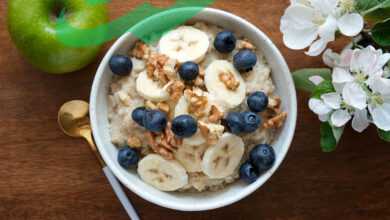

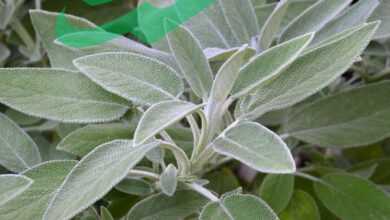
One Comment